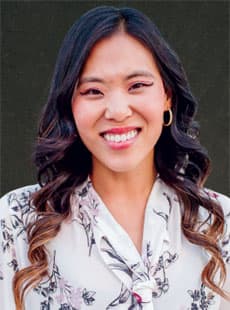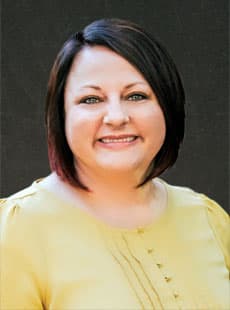Utah Core
•
Curriculum Search
•
All Mathematics - Secondary Lesson Plans
•
USBE Mathematics - Secondary website
Educational Links
Strand: GEOMETRY - Modeling With Geometry (G.MG)
Apply geometric concepts in modeling situations (Standards G.MG.1-3).Standard G.MG.3
Apply geometric methods to solve design problems (e.g., designing an object or structure to satisfy physical constraints or minimize cost; working with typographic grid systems based on ratios).★
-
Access Ramp - Student Task
This task has students design an access ramp, which complies with the Americans with Disabilities Act (ADA) requirements and include pricing based on local costs. -
Eratosthenes and the circumference of the earth
This task is designed for the student to apply geometric concepts in modeling situations. -
Fences - student task
This task has students design a fence that meets the city ordinances and the client's specifications. -
Framing a House - student task
This task has students recreate house plans on graph paper and then determine how many linear feet of wall plate material will be needed. -
GEOMETRY - Modeling With Geometry (G.MG) - Sec Math III Core Guide
The Utah State Board of Education (USBE) and educators around the state of Utah developed these guides for the Secondary Mathematics III - Modeling with Geometry (G.MG). -
Ice Cream Cone
This rich task is an excellent example of geometric concepts in a modeling situation and is accessible to all students. In this task, students will provide a sketch of a paper ice cream cone wrapper, use the sketch to develop a formula for the surface area of the wrapper, and estimate the maximum number of wrappers that could be cut from a rectangular piece of paper. -
Image Tool
Students are able to explore scale by measuring angles in various images in this activity in order to better understand ratio and proportion. -
Introduction to the Materials (Math 3)
Introduction to the Materials in the Mathematics Three of the The MVP classroom experience begins by confronting students with an engaging task and then invites them to grapple with solving it. As students ideas emerge, take form, and are shared, the teacher orchestrates the student discussions and explorations towards a focused mathematical goal. As conjectures are made and explored, they evolve into mathematical concepts that the community of learners begins to embrace as effective strategies for analyzing and solving problems. -
Modeling: Rolling Cups
This lesson unit is intended to help educators assess how well students are able to choose appropriate mathematics to solve a non-routine problem, generate useful data by systematically controlling variables, and develop experimental and analytical models of a physical situation. -
Module 5: Modeling with Geometry - Student Edition (Math 3)
The Mathematics Vision Project, Secondary Math Three Module 5, Geometric Modeling, begins with students visualizing two-dimensional cross sections of three-dimensional objects and solids of rotation. They learn to approximate the volume of an irregular solid by decomposing it into cylinders, frustrums, and cones with volumes that can be easily calculated. -
Module 5: Modeling with Geometry - Teacher Edition (Math 3)
The Mathematics Vision Project, Secondary Math Three Module 5, Geometric Modeling, begins with students visualizing two-dimensional cross sections of three-dimensional objects and solids of rotation. They learn to approximate the volume of an irregular solid by decomposing it into cylinders, frustrums, and cones with volumes that can be easily calculated. -
Paper Clip
This high level task is an example of applying geometric methods to solve design problems and satisfy physical constraints. -
Regular Tessellations of the plane
This task examines the ways in which the plane can be covered by regular polygons in a very strict arrangement called a regular tessellation. The goal of the task is to use algebra in order to understand which tessellations of the plane with regular polygons are possible. -
Running around a track I
This task uses geometry to find the perimeter of the track. -
Running around a track II
The goal of this task is to model a familiar object, an Olympic track, using geometric shapes. -
Satellite
This task is an example of applying geometric methods to solve design problems and satisfy physical constraints. -
Solving Quadratic Equations: Cutting Corners
This lesson unit is intended to help educators assess how well students are able to solve quadratics in one variable. -
Stairway - Student Task
This task students to design a stairway for a custom home. They will need to gather information regarding design, safety, and the utility of staircases. -
Storage Shed - student task
Students are going to build storage sheds as a fund raising project, but before they can start they must determine the best dimensions for the shed, make scale drawings and decide on how much to charge for each shed.


 UTAH EDUCATION NETWORK
UTAH EDUCATION NETWORK

 Justin
Justin Braxton
Braxton Dani
Dani Kayla
Kayla Katie
Katie Matthew
Matthew Rob
Rob Val
Val
